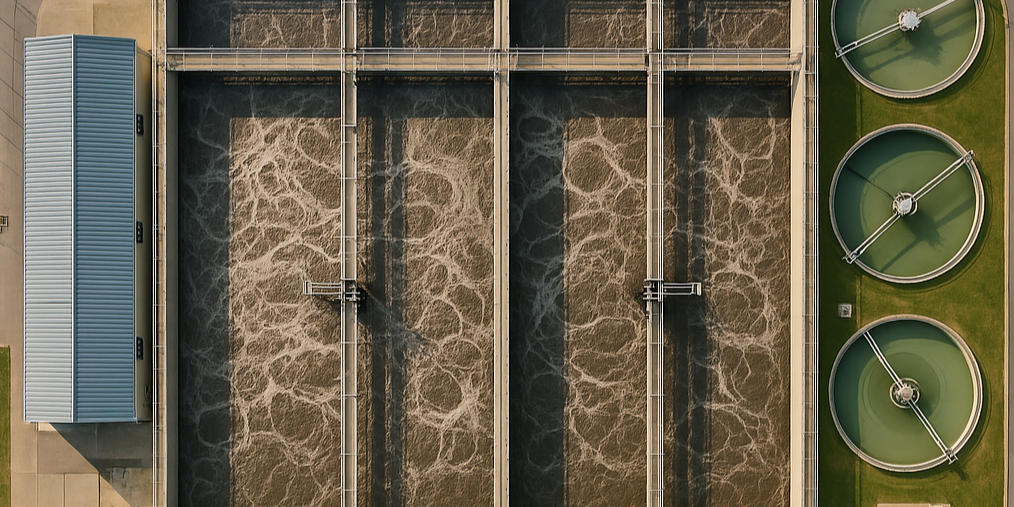Understanding Water Desalination
Water scarcity is an increasingly pressing issue around the globe, affecting millions of people and ecosystems. As populations grow and climate change alters traditional precipitation patterns, the demand for fresh water continues to rise. In the face of this challenge, desalination has emerged as a critical technology for providing freshwater from saline sources such as seawater or brackish groundwater. This article aims to delve into the process of water desalination, exploring its various methods, environmental impacts, and future prospects.
The Need for Desalination
Rapid urbanization, industrialization, and agricultural expansion have placed immense pressure on freshwater resources. Traditional water sources such as rivers, lakes, and aquifers are increasingly overexploited, leading to depletion and contamination. In regions where freshwater is scarce, desalination offers a viable solution to meet growing demand and ensure water security.
Desalination Methods
There are several techniques employed in water desalination, each with its own advantages, limitations, and applications:
1. Reverse Osmosis (RO)
Reverse osmosis is the most widely used method of desalination, particularly for seawater. It involves pushing saline water through a semi-permeable membrane at high pressure, allowing water molecules to pass through while rejecting salts and other impurities. RO systems are energy-intensive but offer high efficiency and reliability.
2. Multi-Stage Flash Distillation (MSF)
In MSF distillation, seawater is heated to generate steam, which is then condensed to produce freshwater. This process occurs in multiple stages, with each stage operating at progressively lower pressures. MSF is energy-intensive and primarily used in large-scale desalination plants.
3. Multi-Effect Distillation (MED)
Similar to MSF, MED involves evaporating seawater to produce steam, which is then condensed into freshwater. However, MED utilizes multiple chambers operating at different temperatures and pressures to improve energy efficiency. It is often employed in smaller desalination facilities.
4. Electrodialysis (ED)
Electrodialysis relies on ion-selective membranes and an electrical potential gradient to separate ions from saline water. While ED is energy-efficient and suitable for brackish water desalination, it is less commonly used for seawater due to its lower salt rejection rates.
Environmental Considerations
While desalination offers a reliable source of freshwater, it is not without environmental consequences:
1. Energy Consumption
Most desalination processes require significant energy inputs, primarily for pumping, heating, and pressurizing water. This reliance on fossil fuels can contribute to greenhouse gas emissions and exacerbate climate change. However, advancements in renewable energy integration and energy recovery devices are reducing the carbon footprint of desalination.
2. Brine Disposal
Desalination produces concentrated brine as a byproduct, containing elevated levels of salts and minerals. Discharging brine back into the ocean or water bodies can harm marine ecosystems by increasing salinity and disrupting aquatic life. Innovative brine management strategies, such as dilution, evaporation ponds, and resource recovery, are being explored to mitigate environmental impacts.
3. Marine Intake and Outfall
The construction of intake structures to draw seawater and outfall pipes to discharge brine can disrupt coastal habitats and marine organisms. Intake systems may inadvertently entrain marine life, while brine discharge can create localized zones of high salinity, affecting marine biodiversity. Innovative intake designs and dispersion technologies are being developed to minimize ecological disturbances.
Future Directions
Despite the environmental challenges associated with desalination, ongoing research and technological advancements are driving innovation in the field:
1. Membrane Technology
Improvements in membrane materials and design are enhancing the efficiency and durability of desalination membranes. Thin-film composite membranes with enhanced salt rejection and fouling resistance are enabling higher water recovery rates and lower energy consumption.
2. Renewable Energy Integration
The integration of renewable energy sources such as solar and wind power is reducing the carbon footprint of desalination operations. Hybrid desalination systems that combine renewable energy generation with energy storage and efficient desalination processes offer a sustainable pathway towards freshwater production.
3. Modular and Decentralized Systems
The development of modular and decentralized desalination systems is increasing access to freshwater in remote and underserved communities. Small-scale desalination units powered by solar energy or wind turbines can provide affordable and decentralized water solutions, improving resilience to water scarcity.
Conclusion
Water desalination plays a crucial role in addressing global water challenges and ensuring access to freshwater for communities, industries, and ecosystems. By harnessing technological innovation and adopting sustainable practices, desalination can contribute to a more resilient and sustainable water future. However, it is essential to consider the environmental impacts and implement responsible management strategies to minimize adverse effects on natural ecosystems. With continued research and investment, desalination holds the promise of unlocking new sources of freshwater while safeguarding our planet\’s precious water resources.




